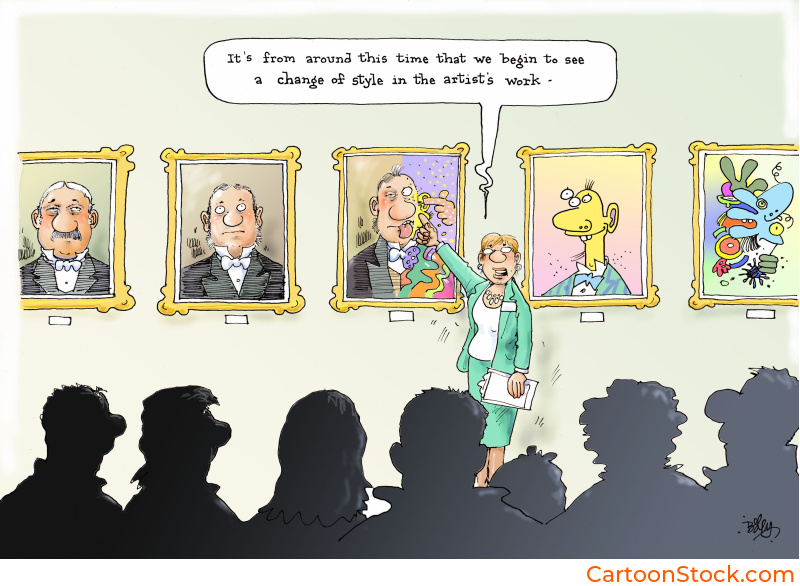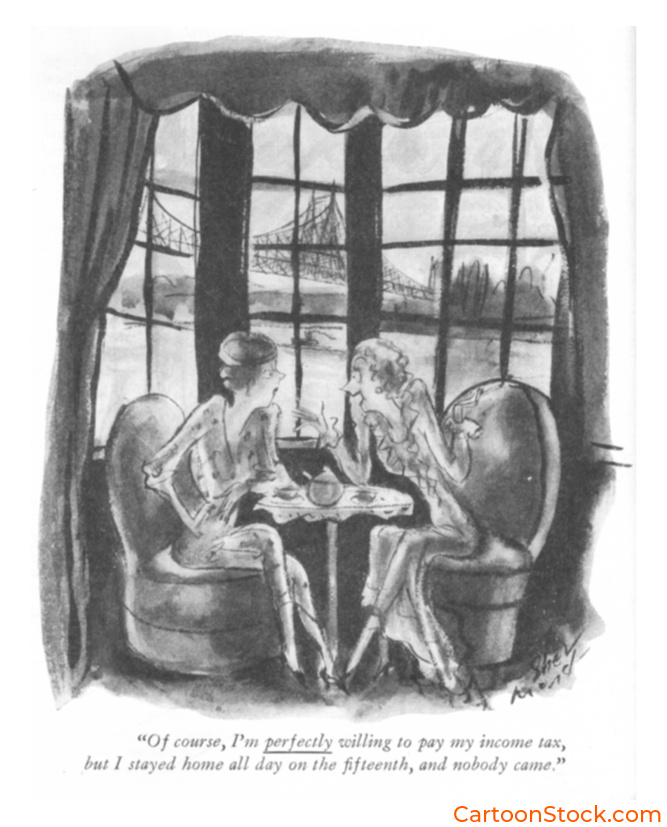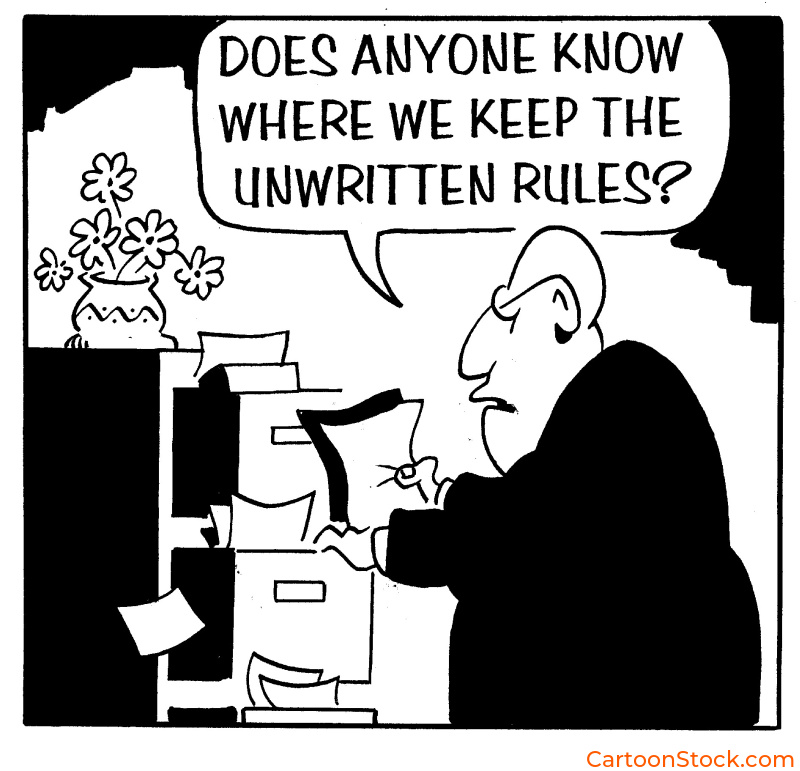Cartoons have always reflected the times. From hand-drawn political sketches in centuries-old newspapers to sleek digital illustrations in today’s social feeds, the evolution of cartoon art reveals just how much our tools, styles, and sensibilities have changed.
Part of our History & Art of Cartoons guide
From Quill to Ink: The Birth of Cartooning
Cartoon art traces its roots back to the satirical drawings of the 18th and 19th centuries. Artists like James Gillray and George Cruikshank wielded pen and ink as political weapons, exaggerating features to make a point—an early hint of the caricature style that would dominate editorial cartooning.
These drawings weren’t always meant to amuse. They were biting, bold, and brimming with detail. Heavy crosshatching, ornate lettering, and dense compositions defined this early era. The aesthetic was dramatic—and often chaotic—but unmistakably influential.
The Magazine Era: Simplicity with Sophistication
The late 19th and early 20th centuries ushered in a new phase, led by publications like Punch and The New Yorker. As print technology improved, so did the demand for cleaner lines, minimalism, and a more restrained palette. Cartoonists like Charles Addams and Peter Arno embraced a style where less was more.
Single-panel cartoons, especially in The New Yorker, became synonymous with wry, dry humor and elegant ink work—a format that became an iconic art form in its own right .
This period cemented the idea that cartoon art could be both refined and subversive.
The Comic Strip Boom: Character and Color
While magazines championed the single-panel cartoon, newspapers leaned into the serialized comic strip. Artists like Winsor McCay (Little Nemo), George Herriman (Krazy Kat), and later Charles Schulz (Peanuts) developed ongoing characters and story arcs.
The style here was more illustrative—often full of movement, dialogue, and expressive exaggeration. As color printing advanced, so did the visual complexity. Sunday strips exploded with vibrant hues and creative panel layouts. Cartoon art during this period became cinematic in scope, blending storytelling with visual rhythm.
The Rise of Animation: Stylization and Streamlining
As cartoons moved to the screen in the mid-20th century, animation studios like Disney, Warner Bros., and Hanna-Barbera needed to streamline their characters for mass production. Cartoon art shifted again: bold outlines, simplified shapes, and iconic silhouettes became the norm.
This era gave us instantly recognizable characters—Mickey Mouse, Bugs Bunny, Fred Flintstone. The style prioritized readability and repetition. Animation also influenced print cartoons, creating crossovers in aesthetic and expanding public expectations of what “cartoony” meant.
The Digital Revolution: Infinite Possibilities
Fast-forward to the 1990s and early 2000s—digital tools like Photoshop, Illustrator, and tablets like the Wacom fundamentally changed how cartoonists work. Artists no longer needed studios or ink. Suddenly, anyone with a laptop and an idea could create and publish cartoons online.
This ushered in a wave of experimentation. From pixel art to vector graphics to animated GIFs, the boundaries of cartoon style blurred. Artists like XKCD embraced stick figures and minimalism. Others leaned into lush digital painting. The common thread? Style became more about intent than rules.
Cartoon Art Today: The Evolution of a Hybrid Aesthetic
Contemporary cartoonists often blend old and new. Hand-drawn lines meet digital coloring. Vintage styles are reimagined for modern formats. The influence of memes, emoji culture, and web comics has also seeped into the visual DNA of today’s cartoons.
There’s no one dominant style—and that’s the point. Today’s cartoon art is a global conversation. Some artists lean retro. Others chase hyper-minimalism. And many shift styles depending on the topic, platform, or audience.
Despite all these changes, one thing remains constant: the cartoonist’s goal to communicate something memorable with a powerful mix of image and idea. The evolution of cartoon art is a story of adaptation—without ever losing the core of visual storytelling.
Q: How has cartoon art changed over the years?
A: Cartoon art has evolved from detailed hand-drawn caricatures to simplified, stylized, and often digital forms. Shifts in technology, printing, audience preferences, and publishing platforms have influenced everything from line quality and color use to layout and tone. Today, cartoon styles are more diverse than ever, reflecting a mix of tradition, innovation, and global influence.
Keep Reading
Curious about the power of single-panel cartoons in this evolution? Check out How Single-Panel Cartoons Became a Unique Art Form




